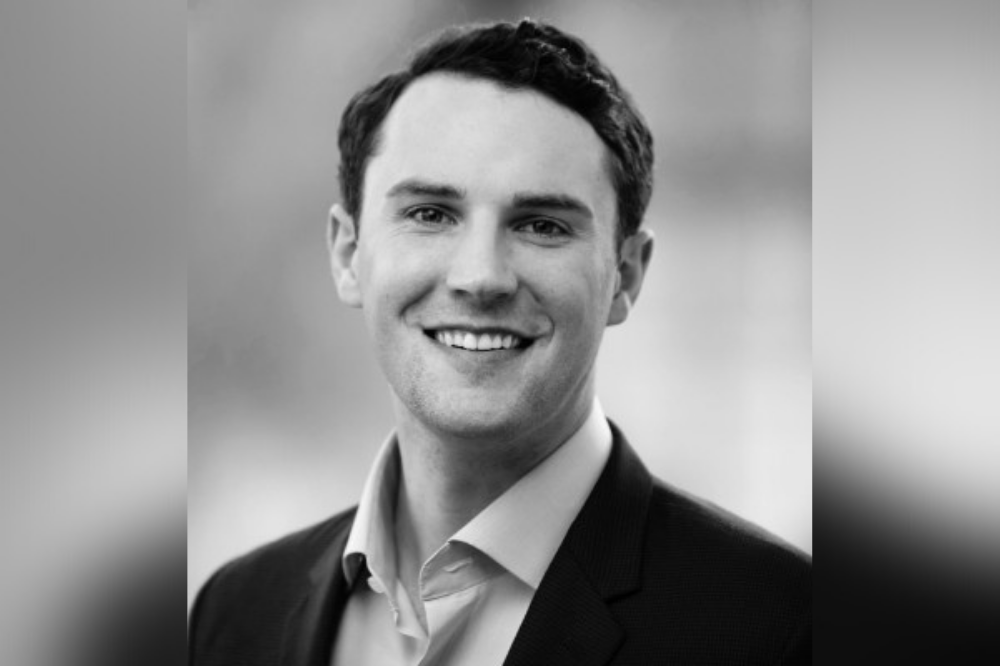Innovating for resilience: Are insurers taking it seriously?

But how many insurance industry companies are taking climate risks seriously enough to take this step?
Watch more: ICA calls for $2 billion resilience program
“I think they’re dangerously behind. When we talk to many insurers – and I’ll caveat that many are US-based – they are fiercely resistant to looking to the future. They want to stick with the current data sources they use,” said Eren Shultz (pictured above), solutions lead for ClimateAI, the San Francisco headquartered company focused on climate adaptation.
Not at IAG (Insurance Australia Group), argued Rebecca Schot-Guppy (pictured below), director of investment leverage and portfolio management for Firemark Ventures, IAG’s corporate venture capital arm.
“IAG is one of the only insurers in the world that has a natural perils team focused on climate with climate scientists, engineers and statisticians,” she said. “Their experience and contributions are not only recognized within IAG but they’re recognized across academic circles, government and the insurance sector more broadly.”
She said when climate disasters hurt IAG’s customers, “it hurts our business.” As a result, Schot-Guppy, who is based in Melbourne, said IAG is looking at moving to more mitigation and prevention.
“We are looking at how technology can really influence data-led decisions. If we are investing in a company we are looking at it from not only a business perspective, but how it can also provide data so that we can leverage that in the climate space,” she said.
Schot-Guppy said her venture capital division is invested in 18 companies.
Panel members agreed that climate change is now a strategy issue at the highest level for most insurance companies in Australia.
“It’s now sitting at the strategy level and deck level of what should we [insurance companies] do and how should we think about it?” said Nigel Fellowes-Freeman (pictured below), CEO of the insurtech Kanopi, based in Melbourne.

“But I think I agree with Eren. In terms of delivery insurers are definitely behind. I think both cultural challenges and capability issues are probably the two things that we see holding some of those insurers back,” he added.
ClimateAI’s climate adaptation work involves providing companies with what Shultz described as best-in-class forecasting and decision support over timescales that haven’t been previously available through machine learning.
“One of our investors happens to be Robert Downey Jr’s fund,” he said, name dropping the famous Hollywood star. “For those of you who know, he’s part of the Avengers. So, I’d like to phrase things in terms of, what is the enemy? For us, the enemy is the historical average.”
Shultz explained that many companies, including in the insurance industry, are using historical averages for climate to do future planning. Her company wants companies to make the switch to machine learning models and looking into the future.
ClimateAI, he said, splits its climate forecasting into three pillars.
“One is hourly to 14 days. The other is 14 days to six months and the next is a year and beyond,” said Shultz.
However, he conceded that if something is happening that’s never happened before, machine learning is not going to predict it.
“But in many instances, whether it’s increasing severity in flooding or bushfires or drought, there is an underlying climatic pattern that our machine learning can pick up on and explain the probability much more than historical averages,” he said.
Read more: IAG: “It’s time to be involved in defining what we mean by resilience”
But the other major issue for insurers, whatever data model they use, is successfully delivering that data to customers.
“There’s a high-tech company down in East Africa,” recalled Fellowes-Freeman. “It was trying to help farmers with locust infections and how they could give the farmers warning.”
The Kanopi CEO said there was a real problem because delivering this information to third world farmers who don’t have access to much technology is a real challenge.
“So to solve this distribution problem they started delivering via Facebook and WhatsApp and took away the technology problem,” he said.
Fellowes-Freeman suggested that technical capability doesn’t serve much purpose unless you can deliver the information to the people who need it.
“What we’re finding,” said Shultz, “Is two thirds of our team is brilliant – data science and climate scientists – and they can actually downscale a lot of climate models to where they’re much more useful and accurate and localized than what an expensive weather station – which is inaccessible to many farming populations – can do.”
Which means ClimateAI, Shultz said, can better deliver climate forecasting information.





